Raiders of the Lost Ark (1996)
Kennywood’s Noah’s Ark had been the final model built out of the nearly forty Arks believed to have existed in the world. Its 1969 reimagining (marked by the arrival of that iconic blue whale and its spongey tongue) had given the attraction the kind of reset it needed to survive. And it worked!
As the New Millennium neared, just three Arks remained – two in the UK (Blackpool Pleasure Beach and Frontierland) and a single US installation… Kennywood’s. “Rides like these – the funhouses – you’ll find that they need a refreshing about every 20, 25 years to not get totally stale,” Kennywood spokesperson Nick Paradise told the Pittsburgh Post Gazette in 2015.
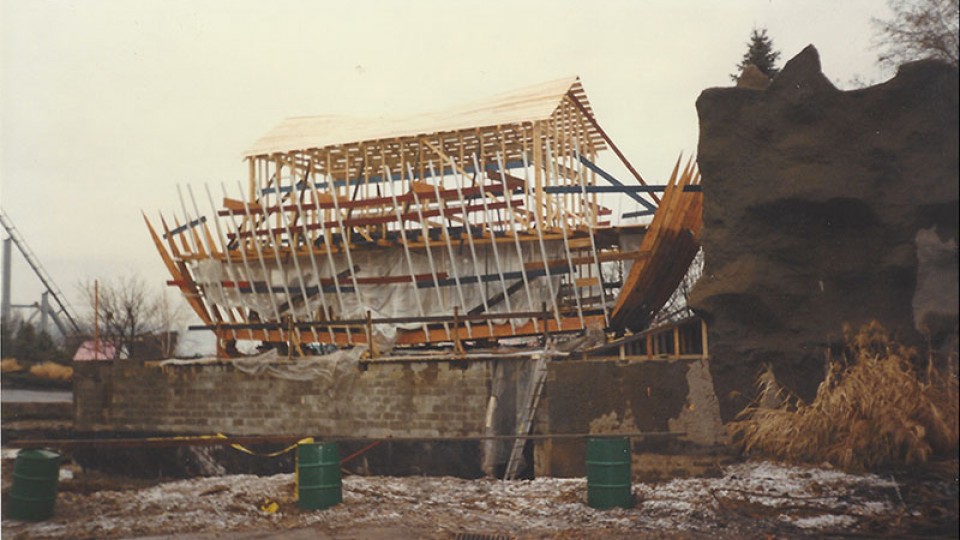
In 1996, that quarter-century upgrade turned the Ark into a construction site as a massive restoration and reimagining overtook Mount Ararat. Reportedly, upon “digging into” the Ark, engineers conceded that the ship’s internal wood was too rotted to salvage. What might’ve spelled the end of the then-60-year-old attraction at any other park instead lead Kennywood to an extensive, nearly from-scratch rebuild of the teetering boat – and with it, the opportunity to reimagine its contents for the 21st century.
During that 1995 – 96 remodel, Noah’s Ark largely dropped its whimsical mid-century style and the comical animals that came with it. Over the off-season, the blue whale that had been an icon of Noah’s Ark – and by extension, Kennywood’s classic attraction lineup – for thirty years was put out to sea. Is it any surprise that in the era of the Modern Marvel: Indiana Jones Adventure, the Ark was rewritten with a more adventurous edge?
When Noah’s Ark reopened in 1996, it was with a very new spirit. Guests were recast as would-be archaeologists who’d come to explore the recently-recovered resting place of the Ark. With the squishy-tongued whale gone, the attraction switched to a batched entry, with groups of guests loaded into a archaeological “freight elevator” meant to whisk them up to the ship’s remains. With excavation lights flickering (and thanks to a rocky scrim on rollers), the elevator would appear to lose power and plummet (actually rotating on a turntable), depositing guests not at the ship, but into ancient caverns deep inside the mountain.
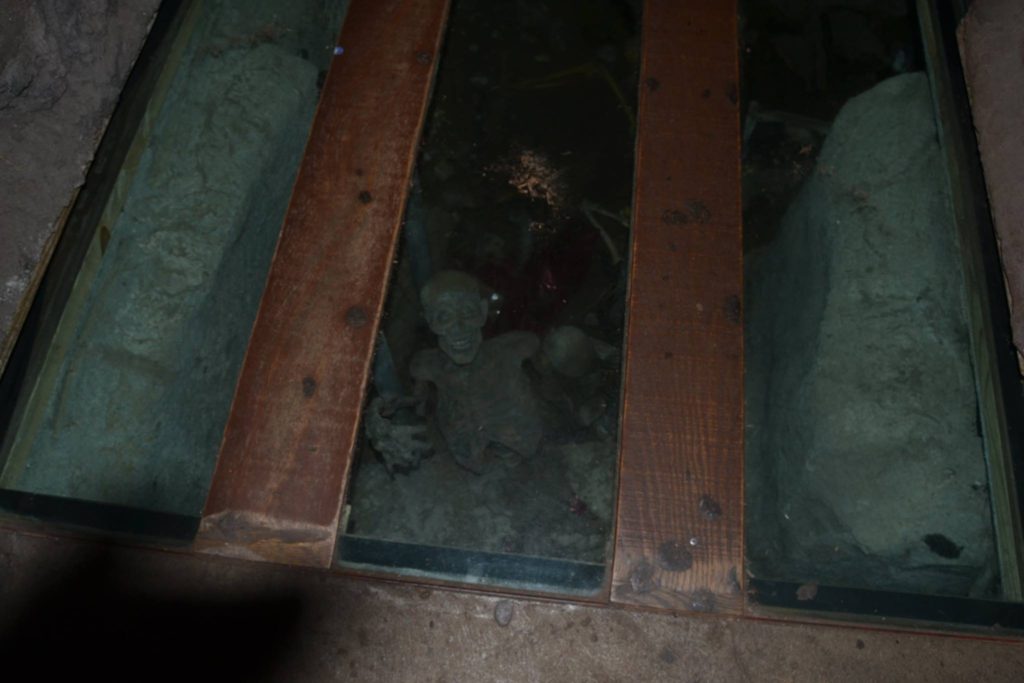
Once there, guests could only advance through the caverns by crossing old wooden beams across pits littered with rotting corpses and archaeological equipment (an illusion achieved, of course, using Plexiglass, but pretty damn frightening under show lighting). Were these the mummified remains of those who weren’t lucky enough to make it onto the Ark?
Even once guests had survived the maze of catacombs, the ascent to the ship would begin a new journey in itself. To begin with, the “fright” factor was increased, with the ship’s lower levels populated by jump-scares provided by mechanical animals, like a tank of “cobras” who would lunge and spit water at guests.
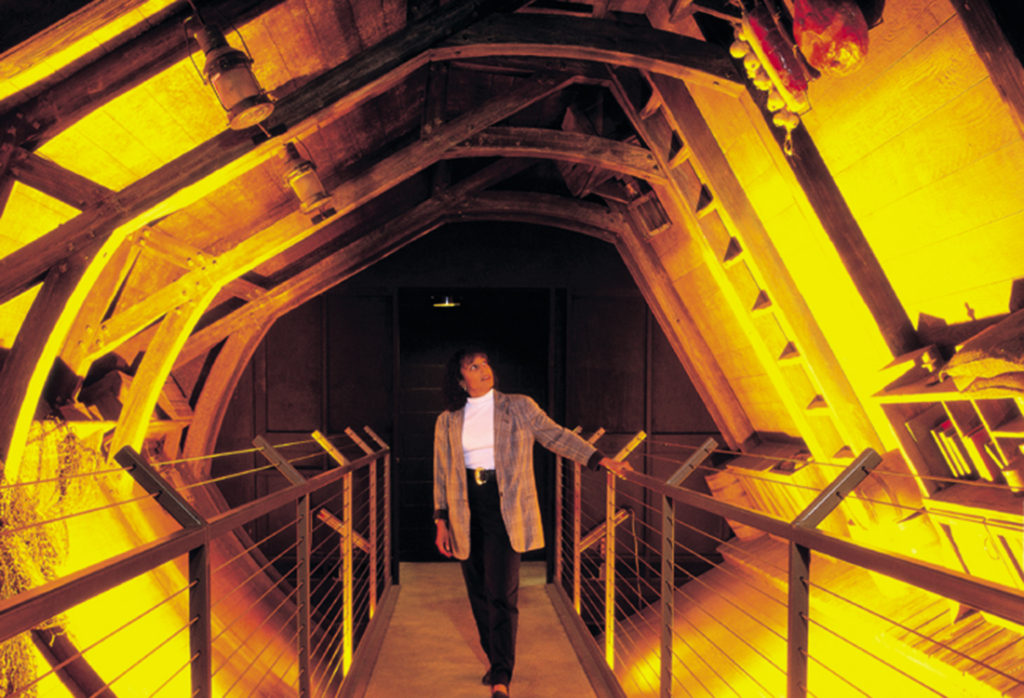
Deeper still into the Ark, special effects firm Technifex (who likewise designed the effects for Paramount’s Kings Island’s Lost Legend: TOMB RAIDER: The Ride) developed two from-scratch scenes to serve as the attraction’s finale. First, guests would walk through a classic, revolving tunnel depicting the Ark’s interior, meant to disorient guests – a dimensional, built out scene quite different from the flat, 1960s setups of the ride’s mid-century redesign.
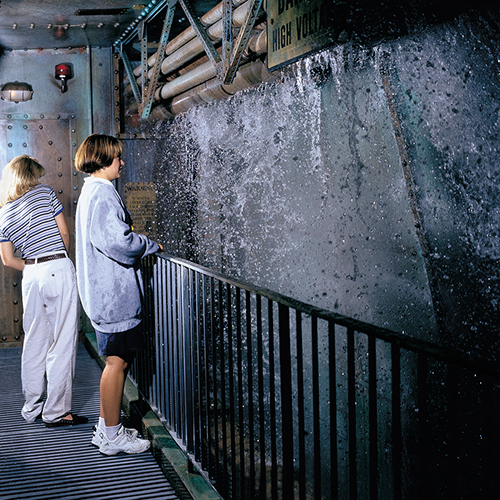
The tour came to a dead end in a final new chamber where guests would gather. This “bathysphere” room was stylized as a modern submarine, perhaps meant to return us to the surface after our descent through the Ark’s three levels. Once a small group of guests had gathered, a short special effects show would see the chamber begin to leak between its metallic rivets, eventually releasing a torrent of water as the walls buckled inward. Red flashing emergency lights would signal the bathysphere’s rear doors to finally open outward onto the midway for guests to exit.
Make no mistake: for a generation of ’90s kids, this Noah’s Ark was the Noah’s Ark – more a test of bravery than a whale of a good time. But kids who’d grown up giggling their way through the “classic” Noah’s Ark now watched their own children cowered through the funhouse-turned-fearhouse, sapped of its color, comedy, and mid-century joy. From the “Elevator of Doom” to the terrifying tombs; jumpscare animals to flooding chambers, Kennywood had successfully transformed Noah’s Ark for a new generation… but in so doing, had transformed the ride’s spirit, and trampled on a lot of memories.
Any reference to Noah’s Ark among Pittsburghers inevitably included one comment: “They should bring back the whale.”
A Whale of a Good Time
In 2015, Kennywood announced an unexpectedly retro project set to debut in the 2016 season: the next large-scale restoration of Noah’s Ark.
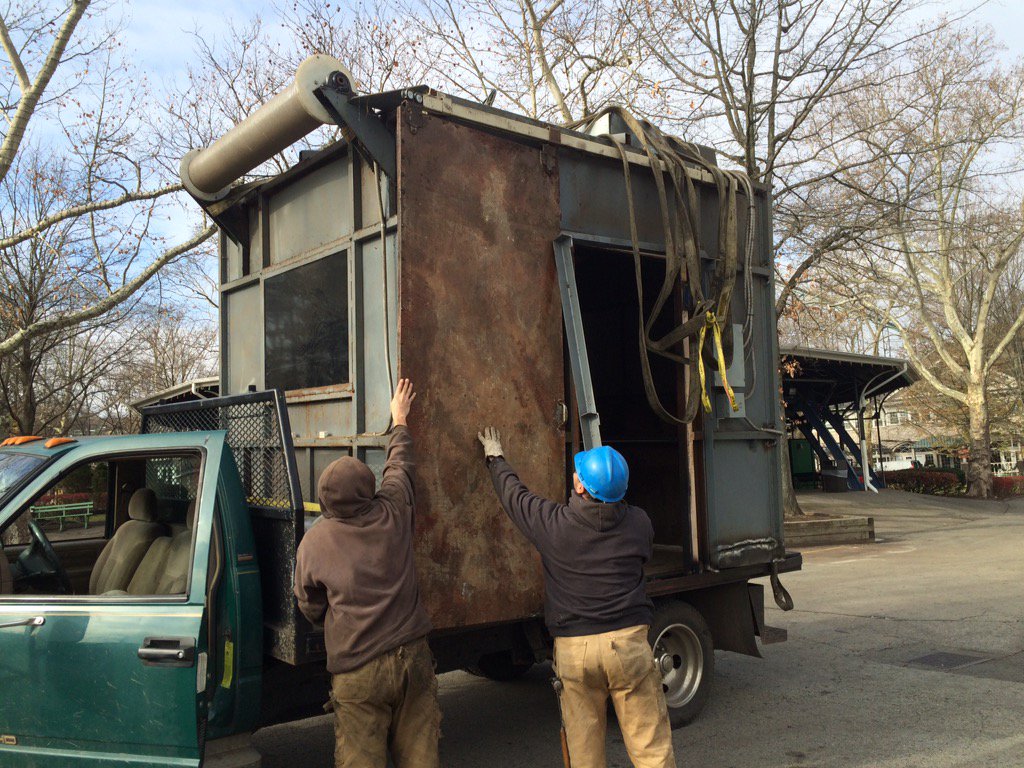
The “Elevator of Doom” was removed in November 2015 and trucked away – much to the delight of fans and followers on social media, who viewed its exit as a symbolic mea culpa for the attraction’s 1996 Indiana Jones-inspired overlay 20 years earlier.
“I think the public reaction and sentiment […] was that it wasn’t what people wanted from the attraction. They wanted a very classic feel; the classic, almost-hokey stunts,” Kennywood spokesperson Nick Paradise told the Tribune Review. “We’re looking at doing a pretty extensive renovation to the attraction, to kind of take it back to the classic funhouse style — a little bit of what had been taken away in the renovation in 1996. We are trying to get it back to what a lot of people remember from their childhood.”
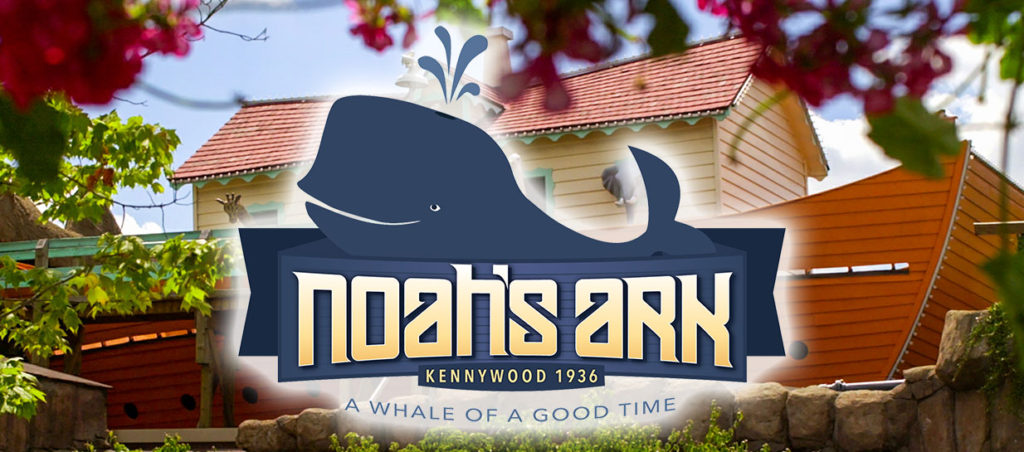
But the removal of the elevator and the flooding chamber was just the start. Obviously recognizing themselves as stewards of living history, the Kennywood team planned for an all-out restoration of the spirit that the Ark had carried for the bulk of its history: as a playful, disorienting, joyful, and colorful funhouse designed to delight the whole family – no plugged ears or covered eyes required.
Beautifully bold, bright blacklight scenes would replace the grim caves of the ’90s and 2000s. As in yesteryear, air hoses would playfully spook ascending visitors. Trippy visuals, optical illusions, and comical gags replaced dark corridors. At last, the attraction would lean in to its “old-school,” retro feel and its intergenerational icon status. And speaking of icon, there could be no symbol of the ride’s rebirth more appropriate than…
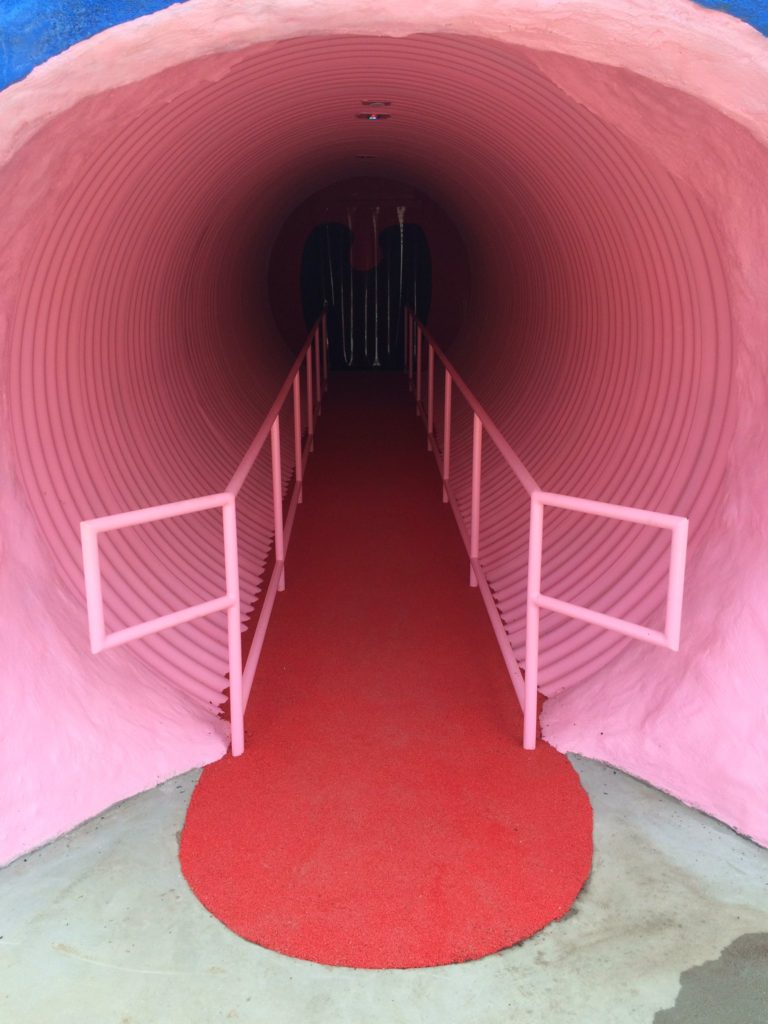
When Noah’s Ark reopened in 2016, visitors once more entered the attraction by walking down the springy, spongey tongue of a big, goofy blue whale.
Inside, guests pass through a new recieving room, filled with day-glo crates whose delivered animals buzz, meow, and rumble as guests walk by.
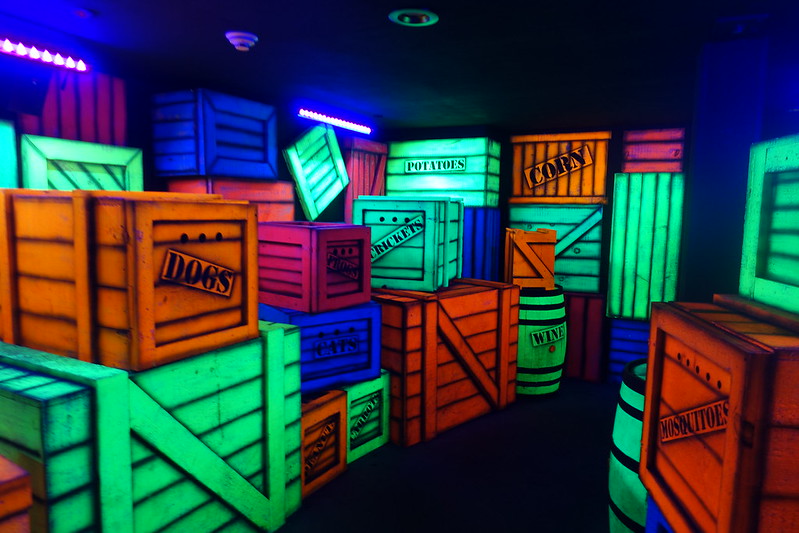
Then they pass through a jungle room populated by flamingos, hippos, cheetahs, and tropical birds before ascending to the Ark. Inside are refreshed animal scenes – elephants that move forward and back to the ship’s rocking; lion cubs that paw at passing visitors; a stable filled with gassy zebras; buzzing beehives; even a tilted aviary.
In other words, Noah’s Ark has been restocked with plentiful blacklight, funhouse mirrors, rotating tunnels, animals, and laughs – just what you hope for from a historic walkthrough more focused on fun than fear. You can take a virtual walk through today’s Noah’s Ark in the video below:
And yes, even now, in our litigious 21st century, guests can find oscillating floors, seesaw panels, strobe light rooms. and staircases that lean forward and back to the ship’s motion… and better yet, each is accompanied by an accessible alternative so that all guests can experience the wonders that await within.
Living Legend
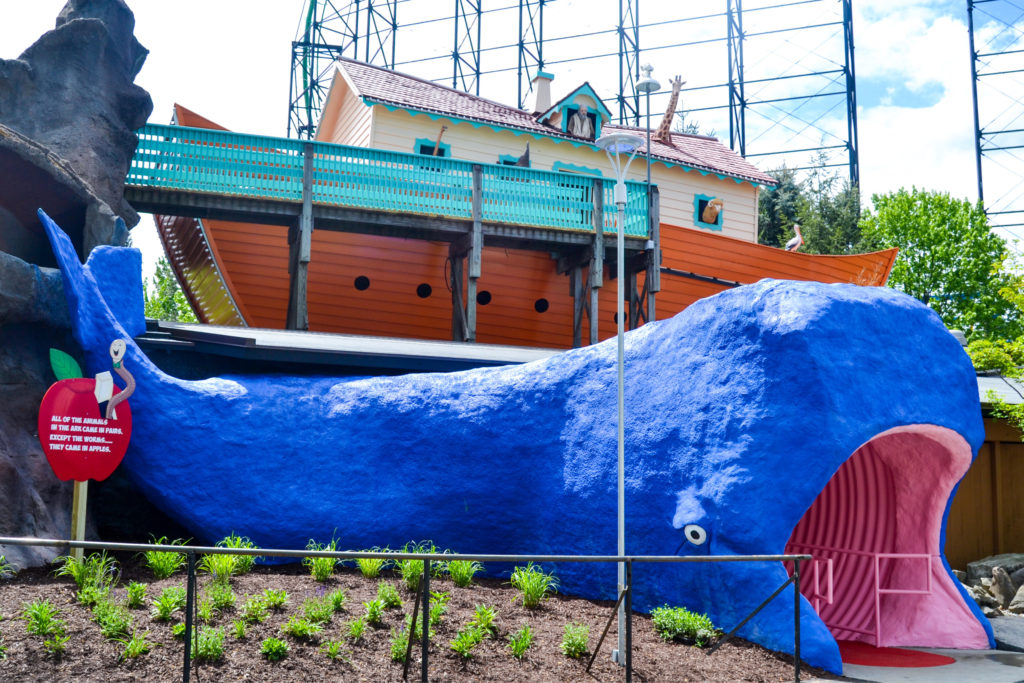
Over a hundred years after the first installation at Venice Pier, Kennywood’s Noah’s Ark is the last… A one-of-a-kind, last-of-its-kind throwback to another time, now revitalized and reimagined for at least a generation more.
To step aboard is indeed to step into the age of trolley parks, still alive and well; it’s to relive the joyful memories of the past; it’s to walk in the footsteps of generations of locals who have called Kennywood home! Especially standing alongside Kennywood’s three 1920s classic coasters, a collection of last-of-their-kind antique flat rides, and the Old Mill (still the oldest operating dark ride on the planet) Noah’s Ark is a cherry on top of a legendary ride lineup that doesn’t just recreate the past; it celebrates it.
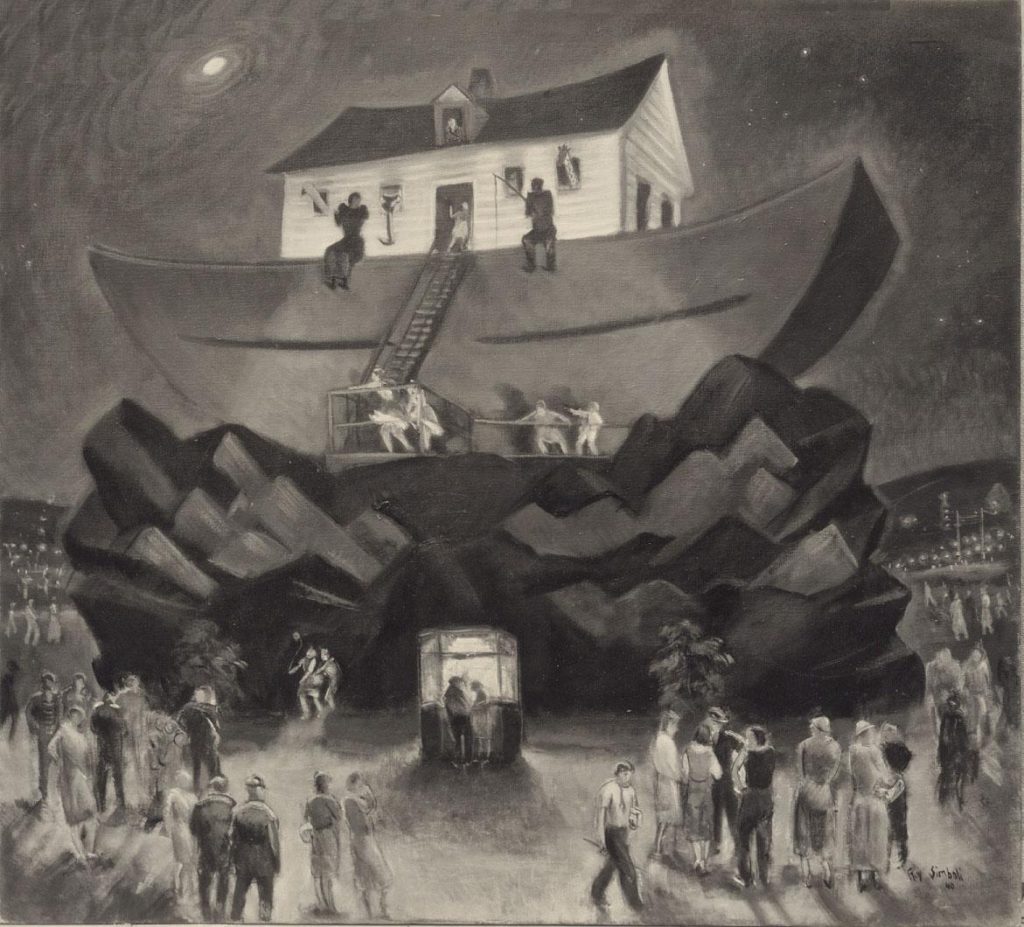
So sure, a 1936 walkthrough funhouse may seem an odd-man-out among stories of The Amazing Adventures of Spider-Man, Expedition Everest, Revenge of the Mummy, The Twilight Zone Tower of Terror, or any of the dozens of other in-depth ride studies in Park Lore’s Modern Marvels collection. However, it’s not impossible to imagine that without parks like Kennywood and attractions like Noah’s Ark, none of those may exist at all. A pivotal attraction in every way, Noah’s Ark is a historic landmark that must be protected, remembered, and celebrated… and isn’t that what Park Lore is here for?


